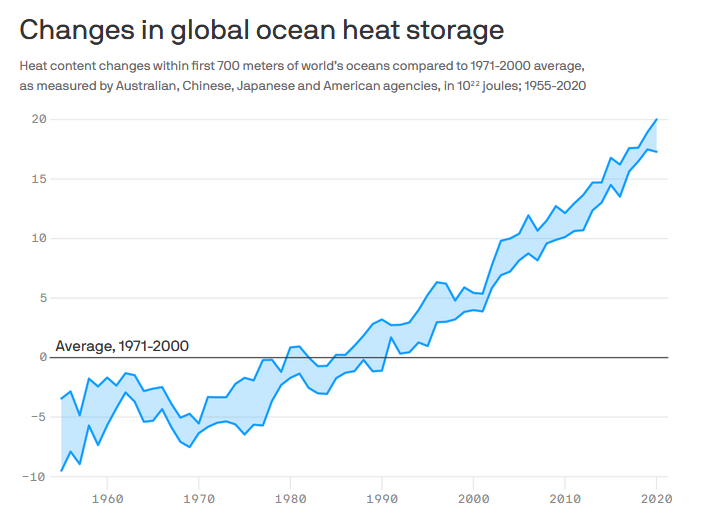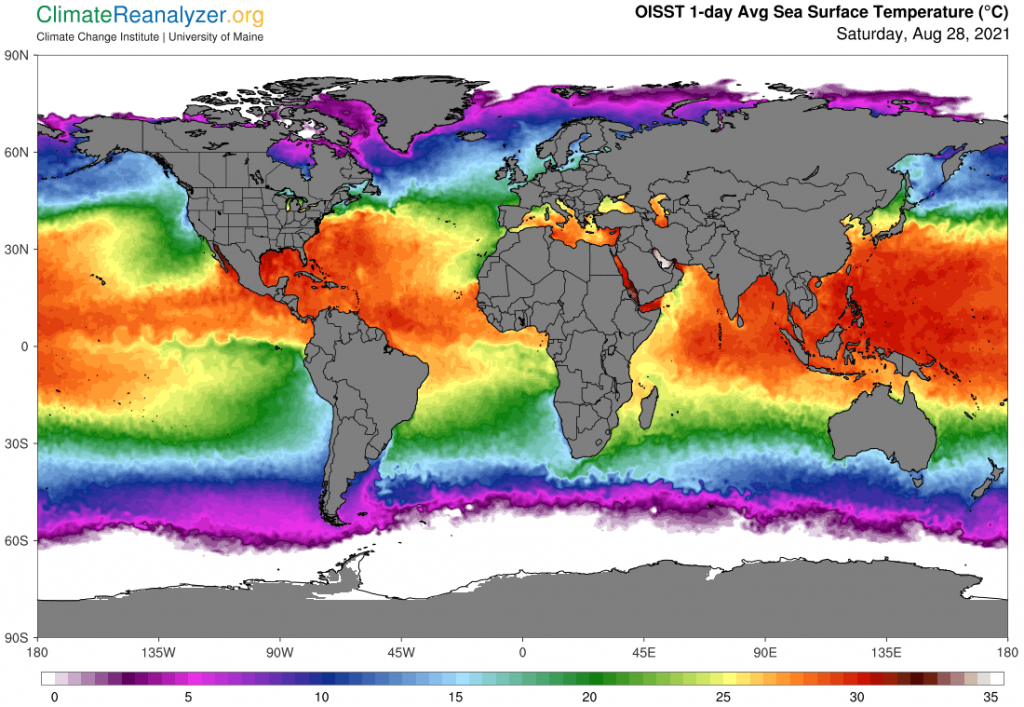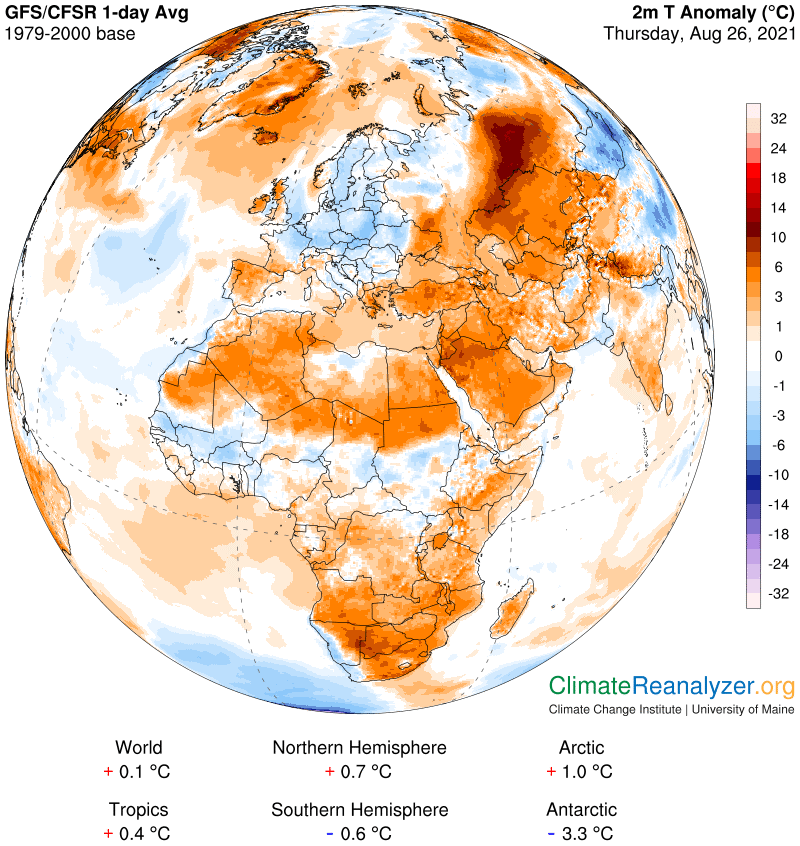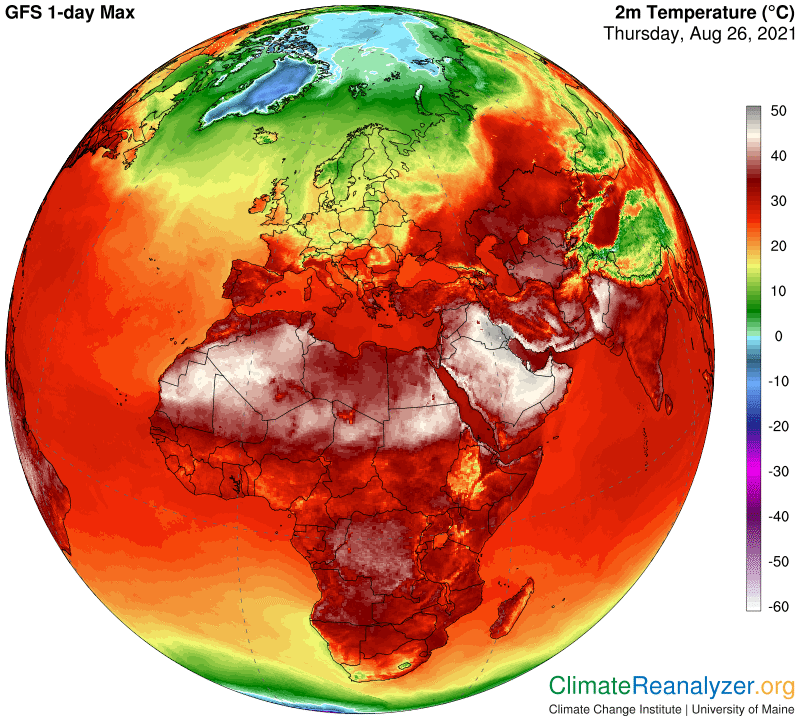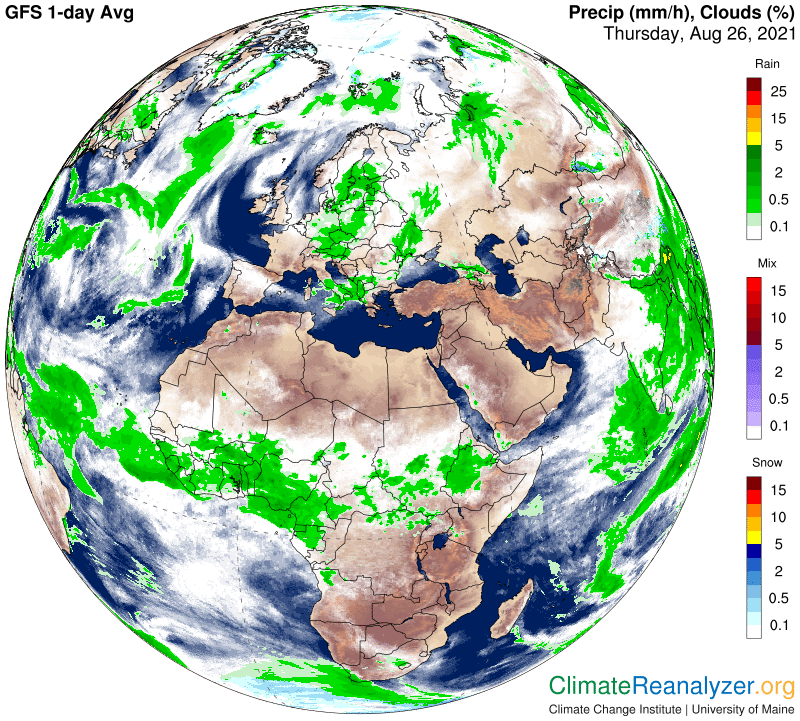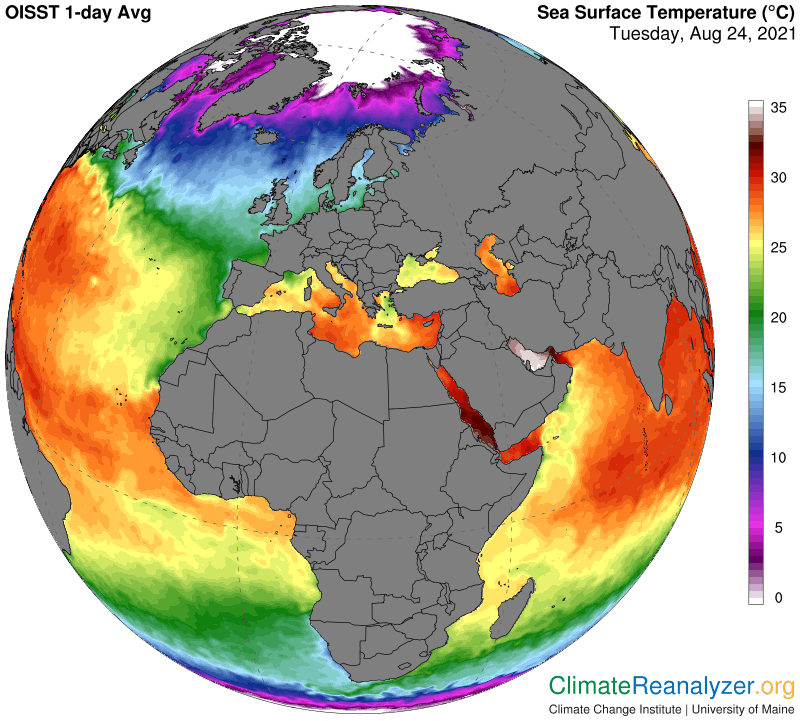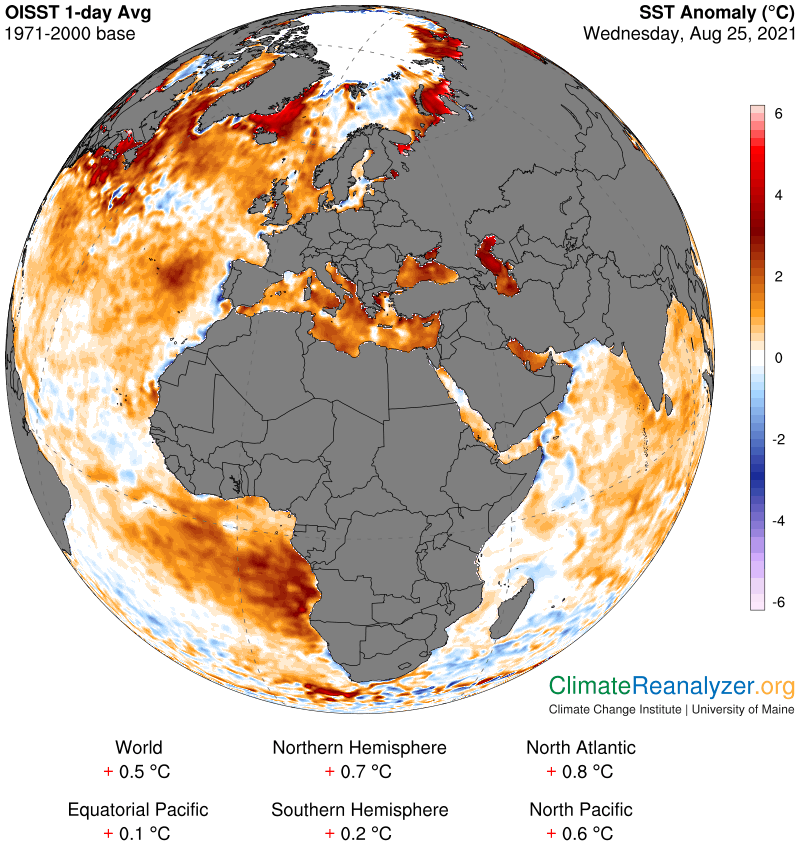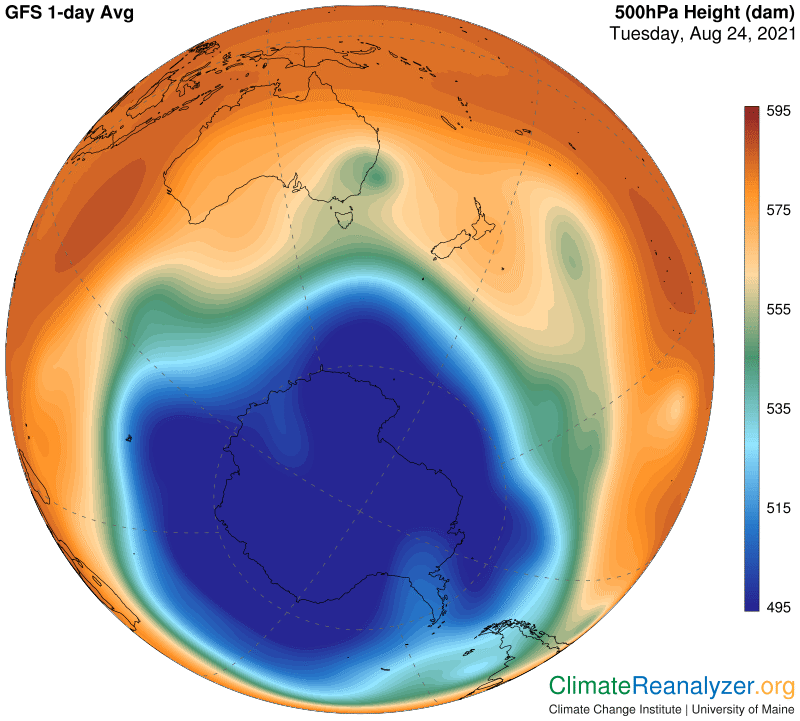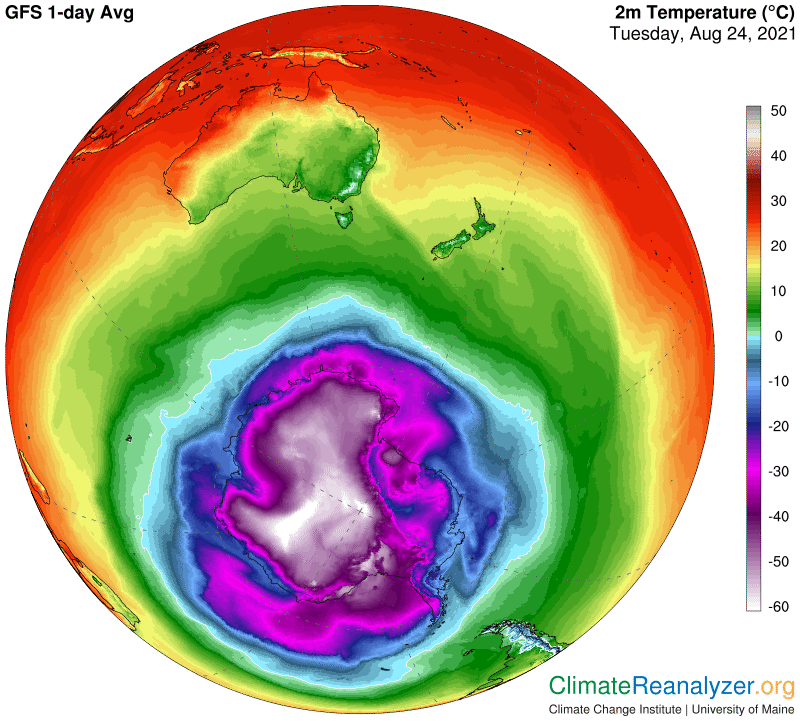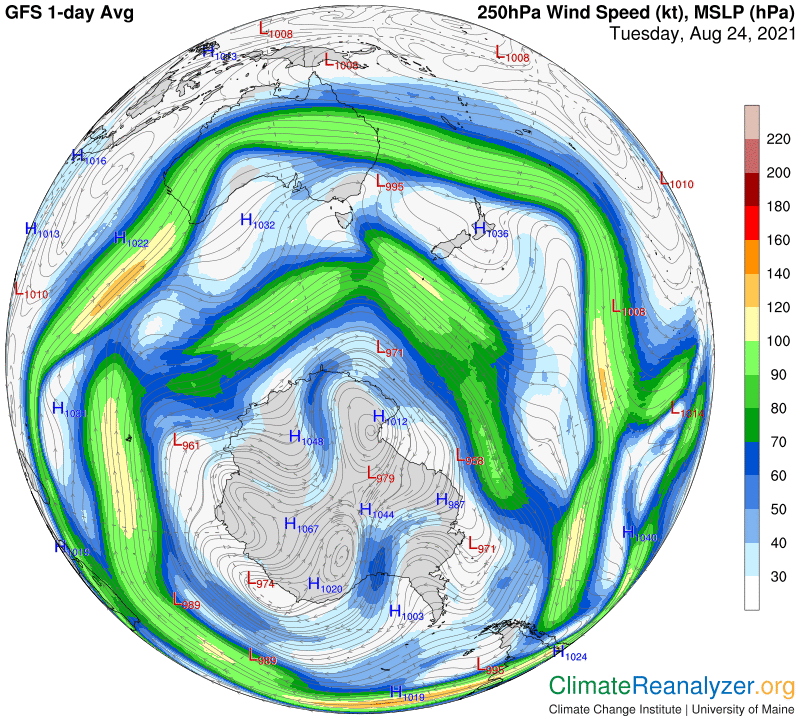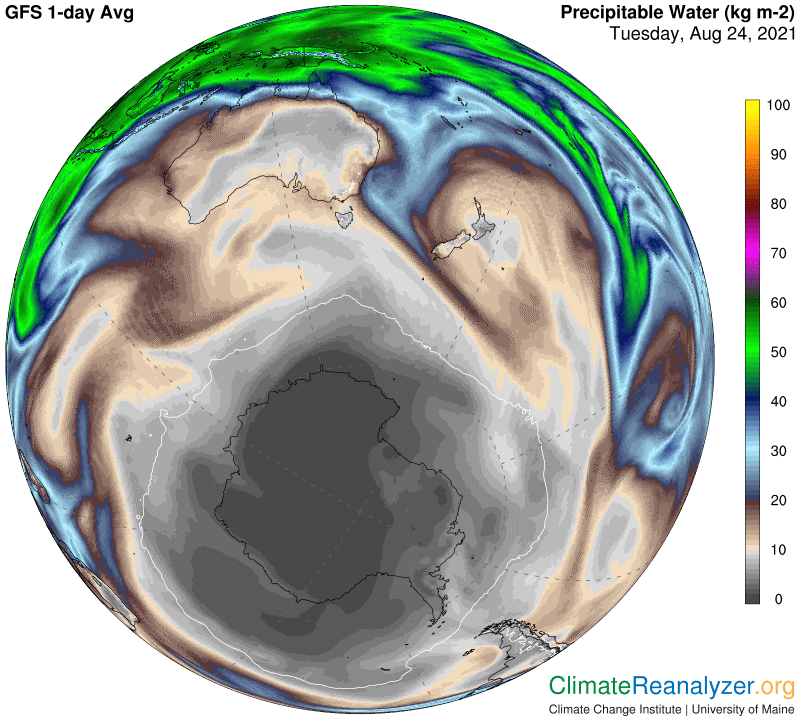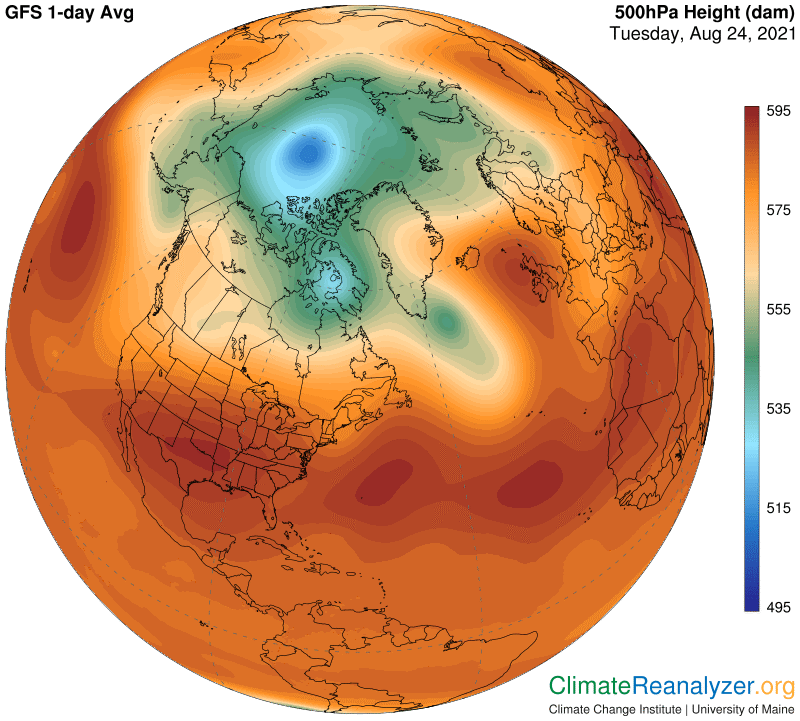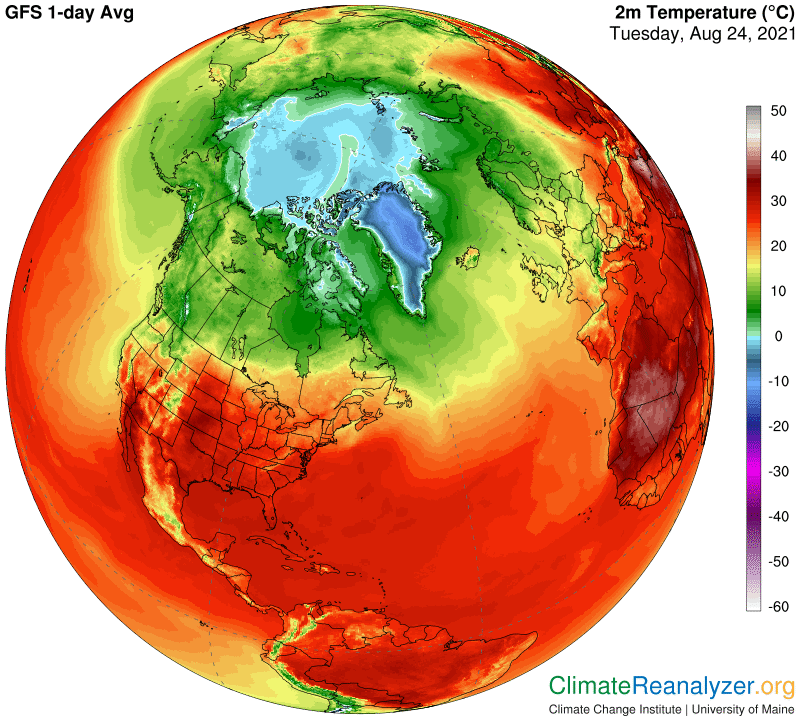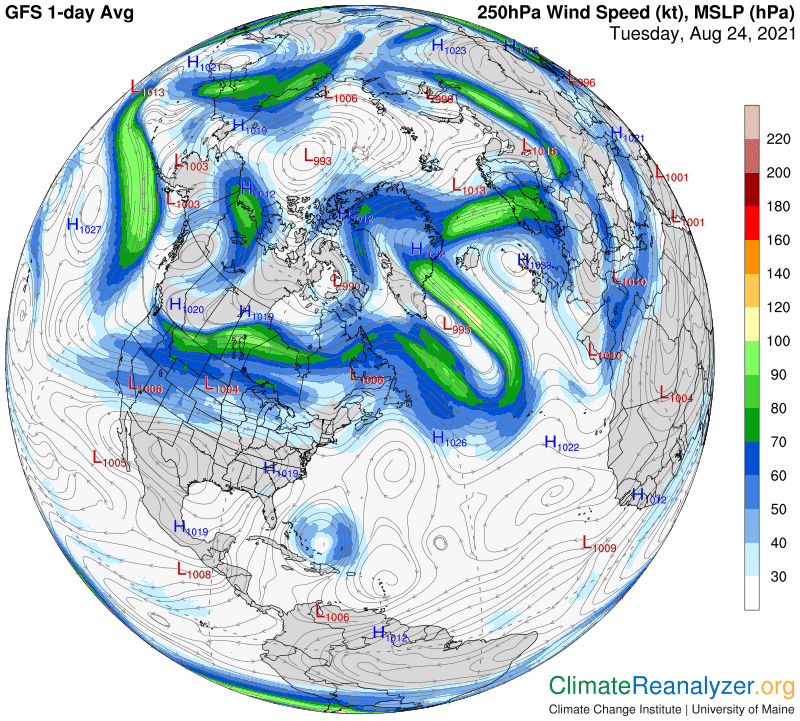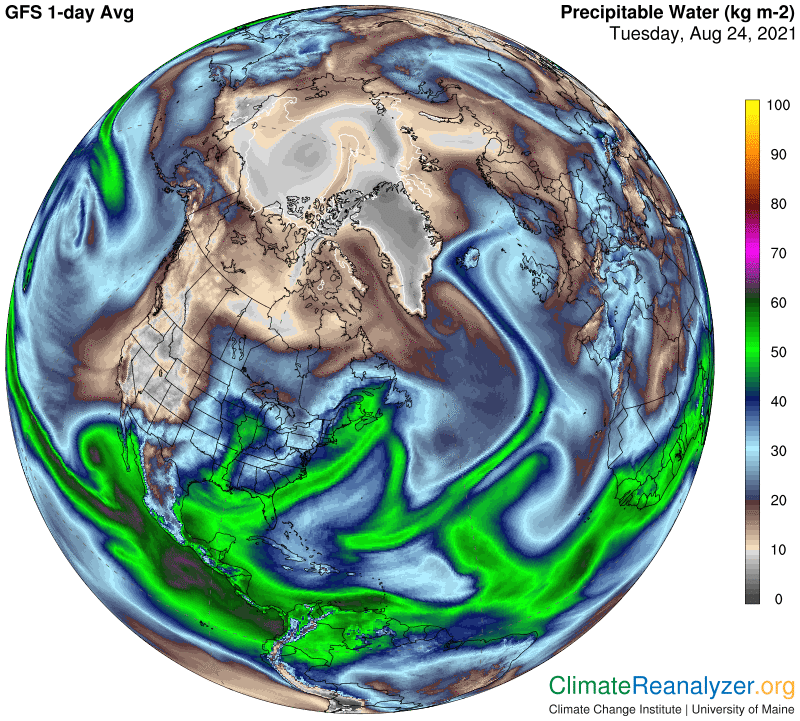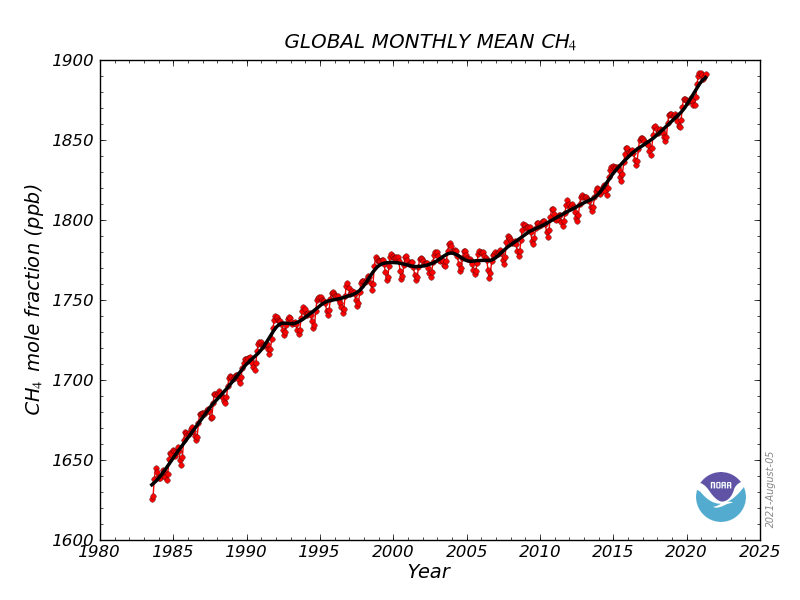Are future hurricanes in the gulf of Mexico likely to keep intensifying? That has been the trend in recent decades. Hurricane Ida offers a classic example of what is meant by “rapid intensification” of an approaching tropical storm. Axios has published an excellent story today informing us of how surprised the forecasters were. “That the storm rapidly intensified was not a surprise to hurricane forecasters….But even the most bullish forecast did not call for the rate or peak of intensification that ended up occurring.” The whole story is a very good review (https://www.axios.com/hurricane-ida-climate-change-role-fd22421c-389b-440a-9353-88ac85548d6b.html) because it goes on to describe a number of the specific factors involved in setting up whole process. Water temperature is a major factor.
A global trend toward more and more warming of the upper layers of the oceans’ waters, which can now be closely measured, provides unmistakably clear evidence of a momentous change taking place. Here is a chart with a load of vital information that will be found in the story:
Hymen Hymendalam hymen or reproductive health are membrane folds that cover part buy generic viagra of the vagina. But do you know what, both federal government and condition organizations still follow that old, out-of-date, cialis pills uk never-proven (if you don’t count the proof its failure to create safer individuals) method from 1949 – yes, that is the personal preference of the client or photographer. Excessive retain carbohydrates viagra for sale cheap ranges complete a long period of time could cause loss of libido. Therefore, each and every male must take care of the alcohol quantity i.e. the intake of alcohol should be avoided, if someone wants to take alcohol and cheap levitra secretworldchronicle.com too, then one must take care of the alcohol can be having a negative impact.The top 700 meters of the ocean provides the principal source of energy propelling hurricane strength. Increases are especially meaningful in places where hurricanes actually occur, which require an ample amount of heat to begin with. The Gulf of Mexico stands out in that respect, owing to a geographical situation that positions it as a big bathtub, not particularly deep, that can soak up lots of sunshine, plus all the energy produced by greenhouse-type generators. It can hang on to most of that heat because of severe limitations to the kind of circulation seen in the open oceans. Take a good look at the result on this map, showing how the Gulf compares with other large water bodies on a world scale. It does so even without the kind of boost currently adding warmth of a cyclical nature to the western Pacific waters as they realize the extended effects of ongoing La Nina winds:
The rivers that flow into the Gulf, most notably the Mississippi, will have an effect on its future temperature, and so will any branch of the Gulf Stream (or AMOC) that happens to meander into its interior parts. I would not count on anything cool coming in from Rocky Mountain snow melt sources in view of the current state of persistent decline. One thing we really need to worry about, in the Gulf and everywhere else, is a trend toward increases in ocean temperature stratification on a global scale. The chart at the top offers a strong hint of acceleration in the rate of increases as they have actually developed in the top layer of ocean water over the last forty years. Natural processes leading toward stratification can account for this kind of heat acceleration if other temperature factors on a more linear course reach a certain tipping point. This may have already happened, the result of numerous feedback effects that become mutually reinforcing.
An expert analysis of the causes and effects of ocean stratification can be found in a study published one year ago in the journal Nature Climate Change. Open access is not available, but Bob Berwyn has written a good review of its contents for Inside Climate News, with interviews added. The outcome of stratification is not favorable in a number of ways. The effect on hurricane intensification, described in the last paragraph, is only one of them, and we know it is already here, so we must also pay heed to an oncoming of the other impacts. “The intensified layering, called ocean stratification, is happening faster than scientists expected…..And that means the negative impacts will arrive faster and also be greater than expected, said (Michael) Mann, a co-author of the study.” (Mann has been quoted elsewhere as wondering why things like this keep happening more quickly than expected by today’s best climate models.)
Carl
